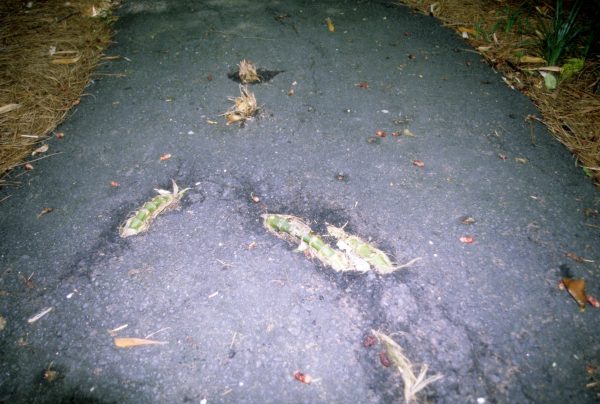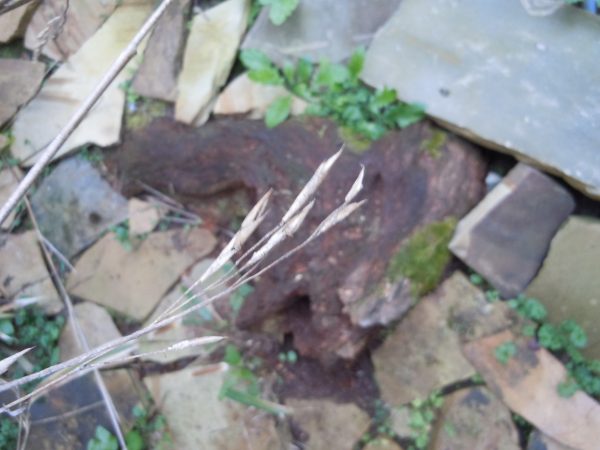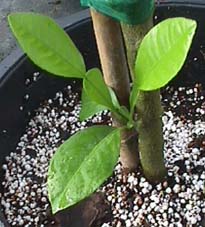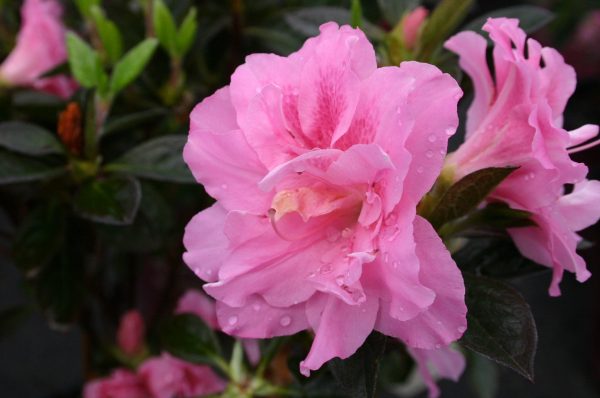Protecting plants from cold
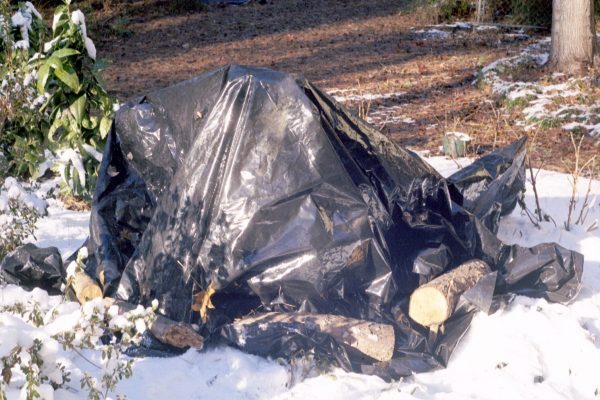
Most of our woody plants can endure severe cold without problems. The cold is less stressful on plants when it stays cold most of the time. But roller-coaster winter temperatures sometimes materialize, and plants are tempted to come out of dormancy. If sometime we were to have ten days of temperatures in the fifties, followed by an Arctic blast carrying fifteen degree chill, damage could be severe. If that happens, make plans to protect your marginal plants.
I’ve seen bushes wrapped like lollipops with white sheets and I have seen quilts flung over shrubs with abandon. Neither practice is worth much, other than making the gardener feel better psychologically. The plant certainly won’t benefit from a pink chenille bedspread resting loosely on its branches.
The best way to protect plants is to capture the scant heat of the earth under an impermeable cover. Most folks use plastic but a big cardboard box will suffice. I use black (not clear) plastic to cover my shrubs when cold emergencies loom. Clear plastic creates a “greenhouse effect” under it whenever the sun shines – even on a frigid day. It has to be removed if the day promises to be bright. Black, on the other hand, reflects sunlight. Air temperatures under a black cover seldom rise more than a few degrees. I can leave it in place for several days without harm. Whichever cover you use, remember to anchor the edges firmly to the ground. I use firewood but earth, bricks or rocks could be used just as well.
When it’s cold outside, I’m mighty thankful I have my feet under warm covers rather than roots in the earth outside!




